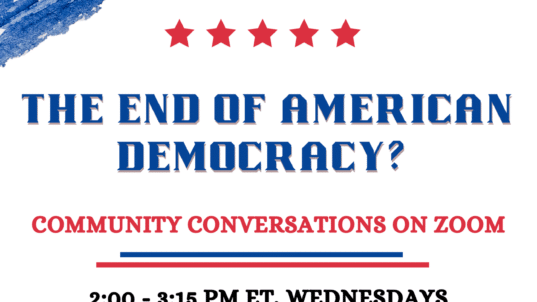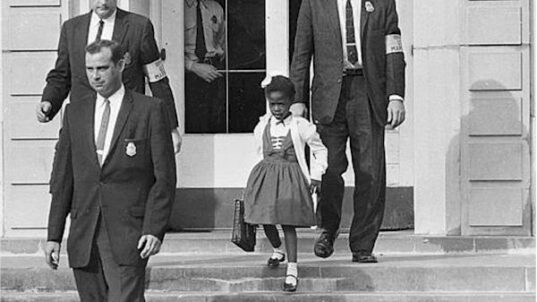In our sanctuary projects we ask our panelists to develop contrasting conceptual policy possibilities pertaining to their areas of concern, and to then explore the practical policy possibilities that might flow from them if they were actually adopted as public policy. A policy possibility is a plan, or a strategy, or an approach that we might take toward action pertaining to an area of concern. It is typically based upon a particular way of looking at an area of concern, and upon certain beliefs, values, and goals that we might have pertaining to it. But what is the difference between a conceptual policy possibility and a practical policy possibility?
A conceptual policy possibility is a general plan for action that is based upon a specific way of looking at an area of concern. A practical policy possibility is a more specific plan for action that would constitute a way of implementing a more general policy possibility. But there are, of course, many different levels of generality–and a plan for action that is more specific when we compare it with one policy possibility may be less specific when we compare it with another.
A conceptual policy possibility is a plan for action, and we implement a plan for action by taking steps to put it into effect. But there are many different levels at which we can implement a plan for action, and what we regard as a practical policy possibility in relation to one conceptual possibility might be a conceptual policy possibility in relation to a more specific plan for implementing it.
My panelists have sometimes talked about the distinction in terms of the height from which we are looking at our area of concern and from which we are developing policy possibilities pertaining to it. An area of concern and the policy possibilities that might pertain to it appear very different when you look at it from 40,000 feet up from when you look at it from 20,000 feet up. And what we can see from 20,000 feet up often looks very different from what we can see at ground level. Conceptual policy possibilities and practical policy possibilities, for this reason, should always be understood in relation to each other. And our panelists should always bear in mind that the distinction between a conceptual policy possibility and a practical policy possibility has more to with the level at which we are looking at policy and with reasons why we regard an area of concern as an area of concern.
We have explained the difference between conceptual policy possibilities and practical policy possibilities in different ways over the years. We have said that conceptual policy possibilities pertain to governance and that practical policy possibilities pertain to government; that conceptual policy possibilities are more general in nature while practical policy possibilities are more specific; and that conceptual policy possibilities pertain to what our policy might be while practical policy possibilities pertain to how it might be implemented. These characterizations work reasonably well, so long as we remember that there is no hard and fast distinction between governance and government, or between the general and the specific, or between what a policy is and how it might be implemented.



